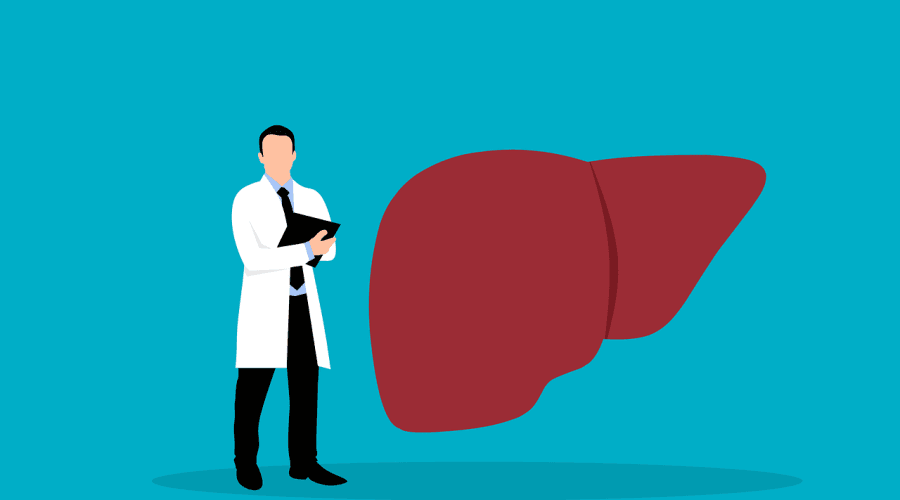
Achieving a sustained virological response four weeks after completing hepatitis C treatment — known as SVR4 — is highly predictive of a cure, according to study results presented at the American Association for the Study of Liver Disease (AASLD) Liver Meeting 2025. Confirming a cure earlier could be a practical approach for people who are at risk for loss to follow-up and could help determine sooner who might need another course of treatment.
Direct-acting antiviral therapy for hepatitis C is highly effective, and more than 95% of people who complete treatment are cured. Successful treatment is defined as sustained virological response (SVR), or continued undetectable hepatitis C virus (HCV) RNA. In the interferon era, sustained response was traditionally assessed at 24 weeks posttreatment (SVR24). But relapse that long after treatment with direct-acting antivirals (DAAs) is rare, so today a cure is typically assessed at 12 weeks (SVR12). Patients who still have detectable HCV RNA after treatment may have not responded adequately, may have relapsed or may have become reinfected.
Some people do not come back for testing three months after they finish treatment, however, so their cure status remains unknown. This can be a problem for studies that define missing SVR12 results as treatment failure. In an effort to simplify treatment, AASLD and the Infectious Diseases Society of America now consider SVR4 to be an acceptable indicator of a cure for people without cirrhosis who are being treated with DAAs for the first time. SVR4 might also apply to patients with prior DAA exposure who are at risk for being lost to follow-up.
Marc Bourliere, MD, of Hôpital Saint Joseph in Marseilles, France, and colleagues evaluated the concordance of SVR4 and SVR12 among people treated with Vosevi (sofosbuvir/velpatasvir/voxilaprevir) in four randomized clinical trials. Participants in POLARIS-2 and POLARIS-3 were treated for eight weeks, while those in POLARIS-1 and POLARIS-4 received 12 weeks of therapy. The trials included some patients who had experienced prior treatment failure using DAAs or interferon-based therapy. SVR was defined as HCV RNA less than the lower limit of quantification (15 IU/ml) using the COBAS TaqMan HCV Test v2.0.
Altogether, 1,001 people achieved both SVR4 and SVR12, while eight achieved SVR4 but not SVR12. Of the 23 patients who did not achieve SVR4, none went on to be cured at 12 weeks. Of the 31 people who were not cured at 12 weeks, only eight had undetectable HCV RNA at four weeks. This means SVR4 had 100% sensitivity, 74.2% specificity, a positive predictive value of 99.2% and a negative predictive value of 100%. Treatment failure was more likely among people with HCV genotype 1, those who had received prior therapy and those who got the eight-week course of Vosevi.
“Achieving SVR4 is highly predictive of HCV cure,” the researchers concluded. “This earlier time point to confirm HCV cure may be particularly important in persons at high risk to be lost to follow-up.”
By Liz Highleyman
For more hepatitis-related updates from The Liver Meeting 2025, click here.
Source : Hep
Related HIV and Co-Infections News
Get involved
Are you living with HIV/AIDS? Are you part of a community affected by HIV/AIDS and co-infections? Do you work or volunteer in the field? Are you motivated by our cause and interested to support our work?
Subscribe
Stay in the loop and get all the important EATG updates in your inbox with the EATG newsletter. The HIV & co-infections bulletin is your source of handpicked news from the field arriving regularly to your inbox.
